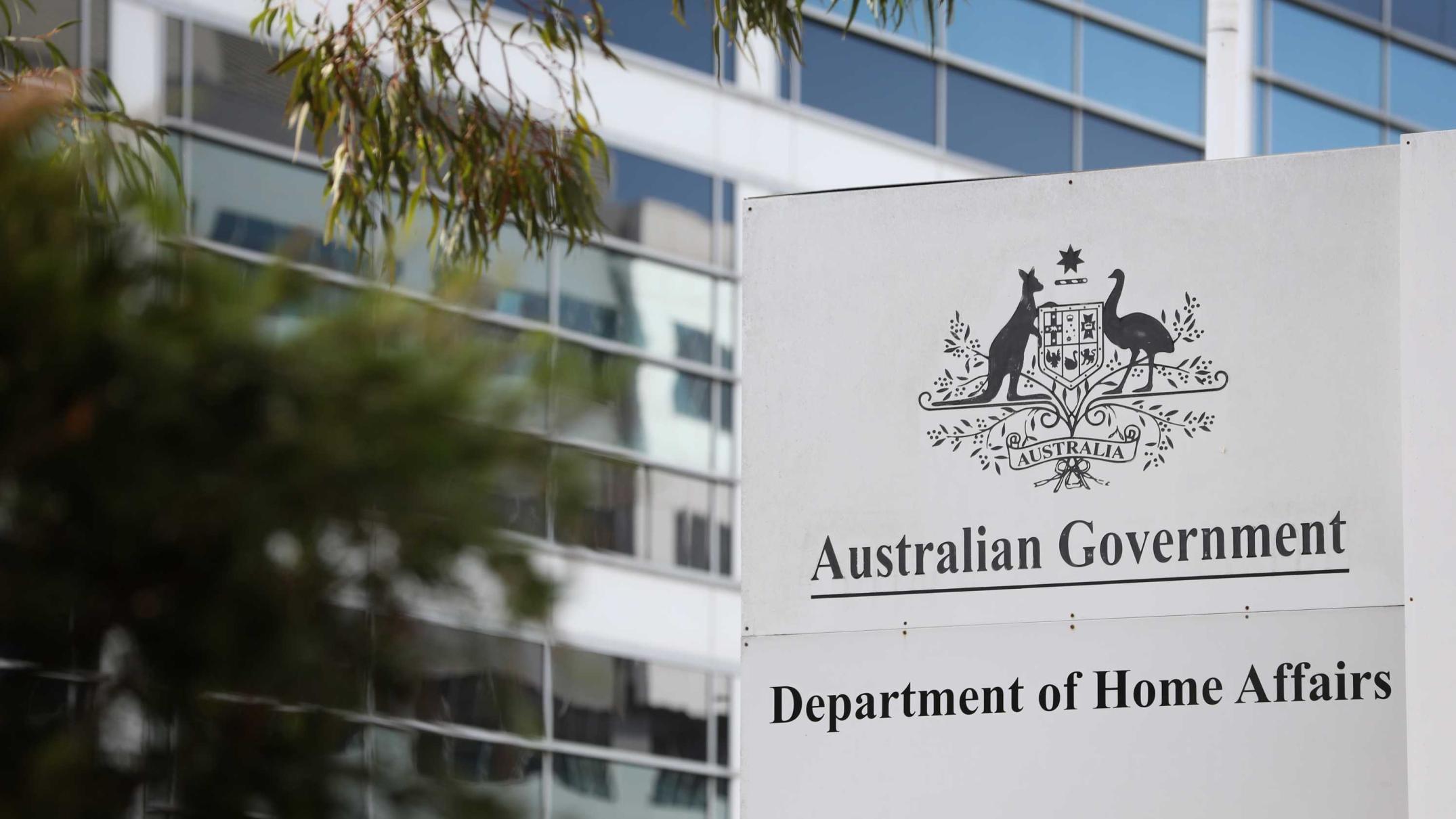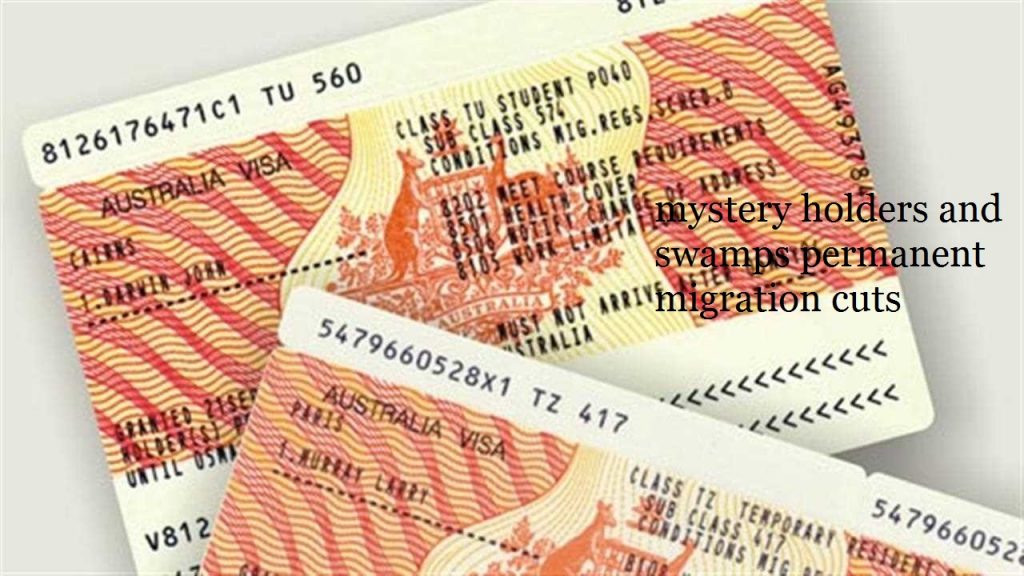Australia’s sudden increase in the temporary migration dwarfing Government’s cuts to the permanent intake. The number of people holding bridging visas — similar kind of visa as given to Commonwealth Games athletes who are seeking asylum — recently hit a historic high. Bridging visas are the temporary visa that allows you to stay in Australia lawfully when you have or not have the substantive visa and it gives you the time required for the immigration process. You can’t re-enter Australia if you leave the country is on bridging visa except bridging visa B (BVB). Bridging visa surge includes 37,000 mystery holders and swamps permanent migration cuts.

Background check- people with bridging coming to Australia at the alarming rate
Around the end of March, 195,000 people with bridging visas were in Australia, including the 37,000 whose nationality was not specified.
This is up by more than 40,000 which was a year ago, and close to 90,000 since 2014, as per the figures of official Department of Home Affairs. Due to this the number of people in Australia on temporary visas has been pushed to more than 2.2 million — also, a record high. Migrants whose substantive applications are currently under process are granted these bridging visas.
Jonathan Granger, now director of Granger Australia and a former national president of the Migration Institute of Australia described this migration program as “chaotic”, also added that-“The resources available to the department are limited every year by Government, and yet Government rolls out reform agendas that are not well thought through, that require transitional arrangements and require multiple layers of processing against regulations in the same visa areas,”
“The result of those things is significant delays.”
Attempt to cut migration
According to the Prime Minister Malcolm Turnbull Government was planning to cut permanent migration intake from its traditional level of 190,000 per year to approximately 170,000 this year. But that number is overshadowed by the scale of the temporary visa program.
Additionally, 150,000 visitors were in Australia on temporary visas, including 33,000 more foreign students in the past year. Many of these — like students, backpackers and bridging visa holders — have extensive work rights.
There are several factors which led to rising in bridging visas, including more applications due to major program changes and cutbacks in resources at the department. In the past year, Government rolled out an overhaul of both temporary and permanent migration programs.
Processing time for a visa- mismanaged
Processing times in many visa streams including temporary skill shortage (formerly code 457), skilled independent visas and employer-nominated scheme had grown in recent years- was conveyed by Mr. Granger
The processing time of any visa mentioned above depends upon various critical factors as said by the spokesperson of Department of Home Affairs and they are as follows:-
- Number of application received,
- The credential of a particular application,
- Whether the applicant is complying with the department or not
- The willingness of giving whatever the department asked him to presents, and
- Assessment of other national security requirements including health, character, etc.
The 37,000 mystery
Affairs did not reveal the nationality of 37000 visa holders because of whom the boom in bridging visas occurred. They also did not provide any more explanation & information about this group.
As told by Mr. Granger-“due to program changes and lack of resources a growing numbers of visa refusals ended up at the Administrative Appeals Tribunal which results in rising of unwarranted refusals, transfers time delays and costs.
The average processing time at the Administrative Appeals Tribunal for temporary work visas is 381 days over the past six months, up from 286 for the corresponding period a year ago.
A root cause of the problem- still undetermined
According to Wayne Parcell, immigration partner at EY, more information is needed to determine the root cause of the problem. According to him the possible reason for an increase in processing time could be looking at the wrong visa categories to refuse the visa.
He further added to his claim that many of his clients on bridging visa when need to travel for business or to visit family is forced to request a separate bridging visa, which adds to the further load on the department.
Solution to the surge problem
Allowing multiple entries on the bridging visas for the applicant who are legitimately waiting for the visa decision, can help in reducing the number of bridging visas. The workload for the Department of Home Affairs will reduce, which results in improved services.

